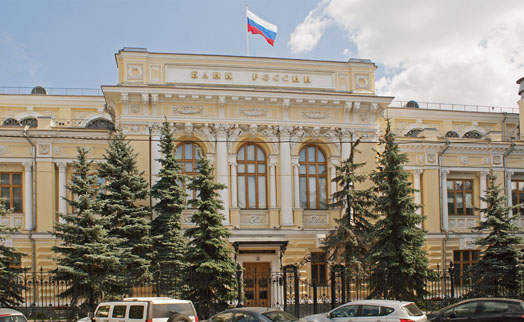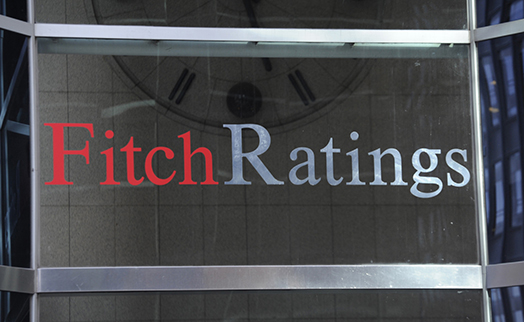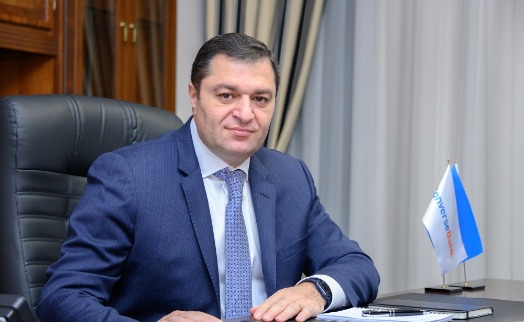27.02.2023 13:03

YEREVAN, February 27. /ARKA/. The S&P Global Ratings agency has revised its outlook on the long-term sovereign credit rating on Armenia to positive from stable. Simultaneously, it has affirmed the 'B+' long-term and 'B' short-term sovereign credit ratings on the sovereign.
The agency said the positive outlook reflects improved prospects for Armenia's economy as well as its fiscal and external position due to positive spillovers from the war in Ukraine.
Absent substantial regional geopolitical deterioration, labor and financial inflows from Russia could boost Armenia's long-term economic growth potential and structurally improve the country's fiscal and external balance sheets, reducing its vulnerability to shocks, according to the agency.
It said Armenia has emerged as one of the key destinations for Russian individuals and businesses trying to escape domestic political risks and the adverse effects of international sanctions. In turn, migrant inflows have boosted economic growth to double digits (estimated at about 12.6% in real terms in 2022) and narrowed Armenia's persistent twin deficits.
This has also resulted in the appreciation of the Armenian dram against the U.S. dollar by almost 18% over the past year, significantly reducing external and governmental debt stocks in USD terms, and partly mitigating price pressures.
Unlike other countries, Armenia is insulated from the global energy price shock due to long-term gas contracts with Russia, with prices fixed well below the spot market.
The agency said it expects real GDP growth to decelerate from 12.6% in 2022 to 4.0% in 2023, primarily due to weaker financial and migrant inflows.
External security threats with respect to the Nagorno-Karabakh region conflict are a risk. Tensions remain heightened between Armenia and Azerbaijan about the Nagorno-Karabakh region, predominantly in the Lachin corridor.
The most recent fighting took place in mid-September 2022, near a popular tourist destination and the site of a potential large-scale gold mining project. Despite peace talks over the last few months, so far no progress has been made.
There are risks to Armenia's economic growth outlook beyond 2023. It is unknown how many recently arrived immigrants will stay. A sharp slowdown in economic growth in Russia and the EU, two of Armenia's most important trading partners, could also weigh on economic growth. Additionally, persistent external security risks along the Armenia/Azerbaijan border could spill over into domestic politics and the economy.
Nevertheless, the recent increase in human and financial capital could benefit Armenia's potential growth rate. In our baseline scenario, we expect economic growth to average about 4% per year in real terms until 2026.
The budget deficit is set to widen to 3.5% of GDP in 2023 but the agency expects that will gradually narrow afterward.
Given the fiscal outlook, net general government debt will stabilize at a moderate 45% of GDP through 2026.
Armenia's current account balance will swing from a small surplus in 2022 back to a deficit of roughly 4.5% of GDP in 2023; as a result, the agency expects some pressures on foreign exchange (FX) reserves.
The government targets a budget deficit of 3.1% GDP ($0.7 billion) in 2023, down from an estimated 2.4% in 2022. -0—
Read the news first and discuss them in our Telegram
Tags:






















